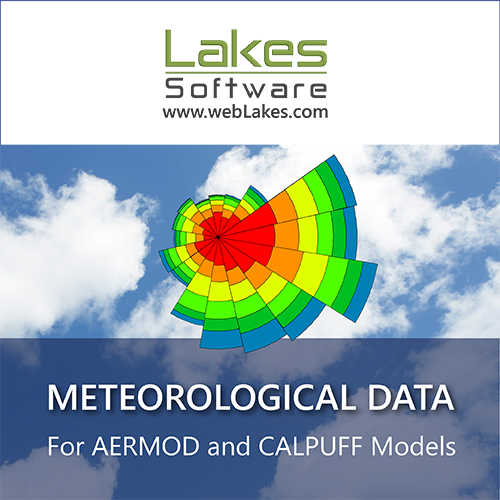Indoor and outdoor particulate matter concentrations on the Mpumalanga highveld – A case study
DOI:
https://doi.org/10.17159/2410-972X/2015/v25n2a1Keywords:
particulate matter exposure, indoor air quality, ambient air quality, personal exposureAbstract
The household combustion of solid fuels, for the purpose of heating and cooking, is an activity practiced by many people in South Africa. Air pollution caused by the combustion of solid fuels in households has a significant influence on public health. People most
affected are those considered to be the poorest, living in low-income settlements, where burning solid fuel is the primary source of energy. Insufficient data has been collected in South Africa to quantify the concentrations of particulate emissions that people
are exposed to, especially the respirable fraction, associated with the combustion of solid fuels. The aim of this paper is to gain an understanding of the particulate matter (PM) concentrations a person living in a typical household in a low income settlement in the
South African Highveld is exposed to. It also seeks to demonstrate that the use of solid fuels in the household can lead to indoor air pollution concentrations reaching levels very similar to ambient PM concentrations, which could be well in excess of the National
Ambient Air Quality Standards, representing a major national public health threat. A mobile monitoring station was used in KwaDela, Mpumalanga to measure both ambient particulate concentrations and meteorological conditions, while a range of dust/particulate monitors were used for indoor and personal particulate concentration measurements. Indoor and personal measurements are limited to the respirable fraction (PM4) as this fraction contributes significantly to the negative health impacts. The sampling for this case study took place from 7-19 August 2014. Highest particulate matter concentrations were evident during the early mornings and the early evenings, when solid fuel burning activities were at their highest. Indoor and personal daily average PM4 concentrations did not exceed the 24h National Ambient PM2.5 Standard of 65 μg/m3 nor did they exceed the 24h National Ambient PM10 Standard of 75 μg/ m3. The outdoor PM2.5 concentrations were found to be below the standards for the duration of the sampling period. The outdoor PM10 concentrations exceeded the standards for one day during the sampling period. Results indicate that, although people in KwaDela
may be exposed to ambient PM concentrations that can be non-compliant to ambient standards, the exposure to indoor air, where solid fuel is burnt, may be detrimental to their health.
Downloads
Downloads
Published
How to Cite
Issue
Section
License

All articles are published under a Creative Commons Attribution 4.0 International License; copyright is retained by the authors. Readers are welcome to reproduce, share and adapt the content without permission provided the source is attributed.








.png)